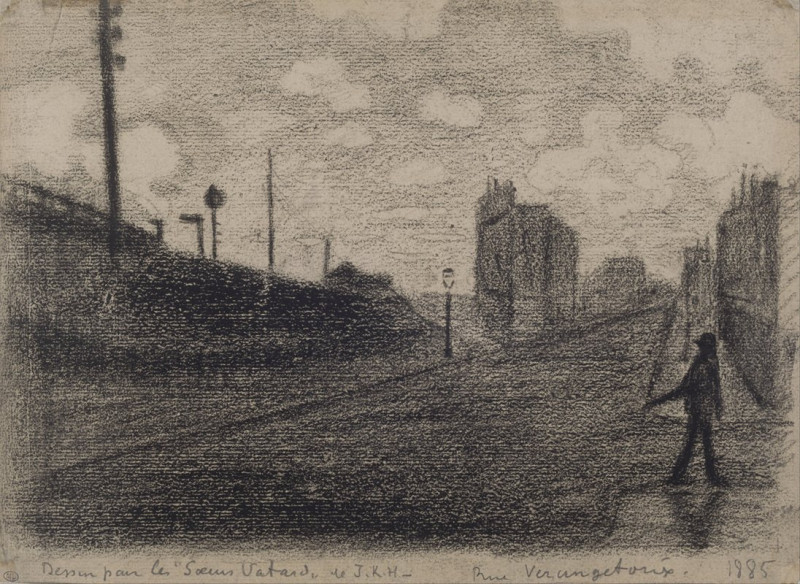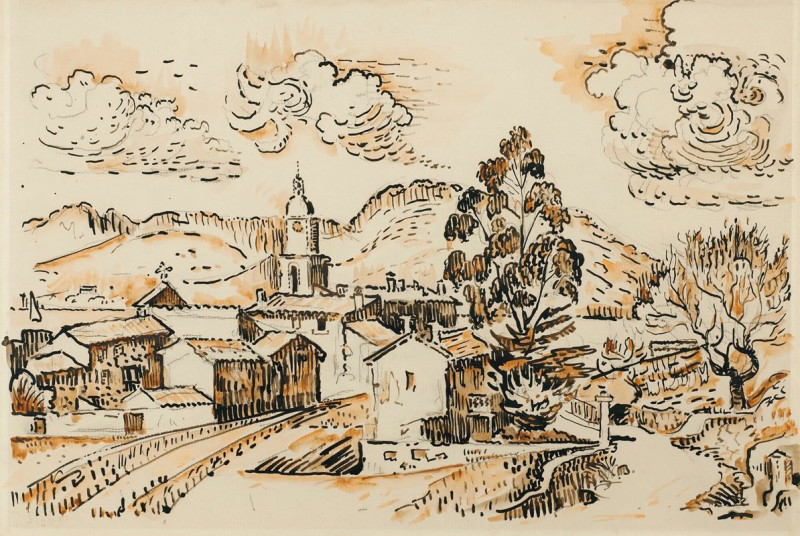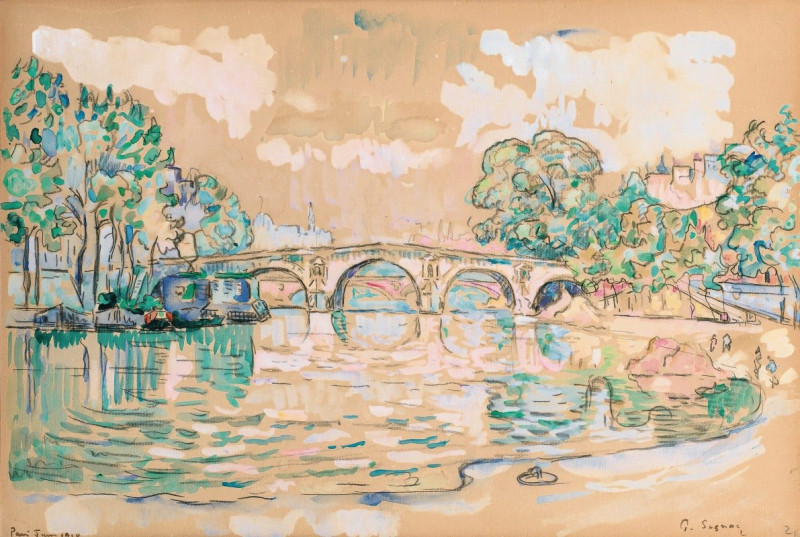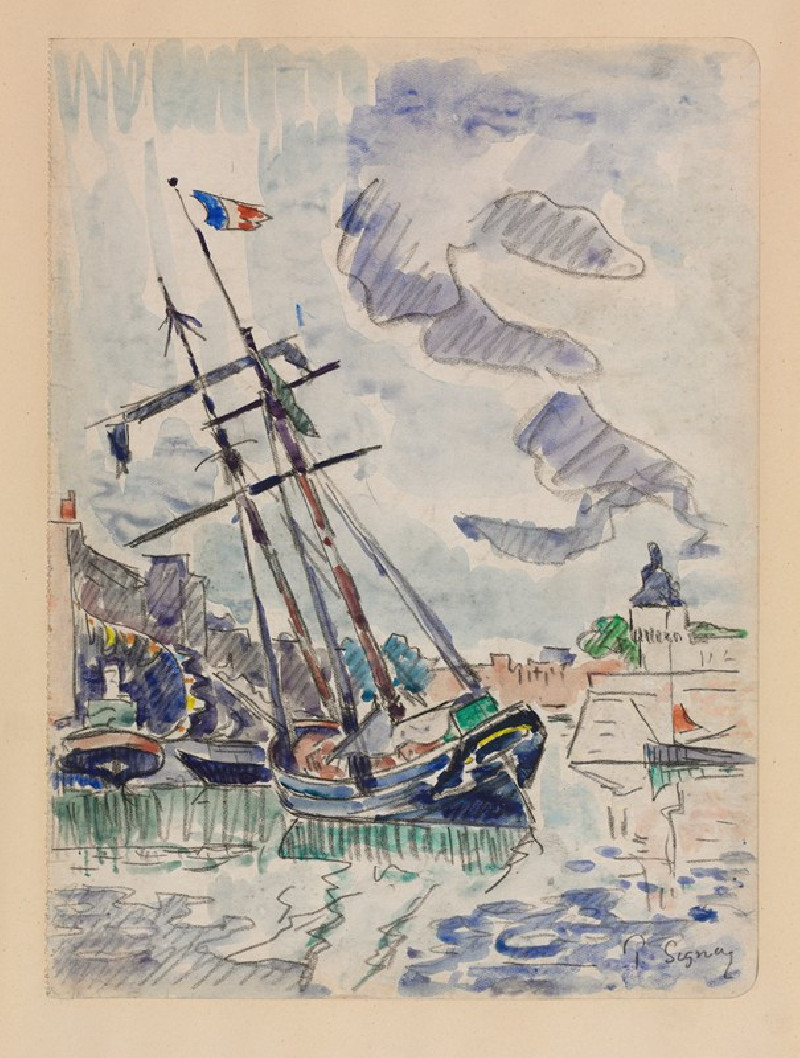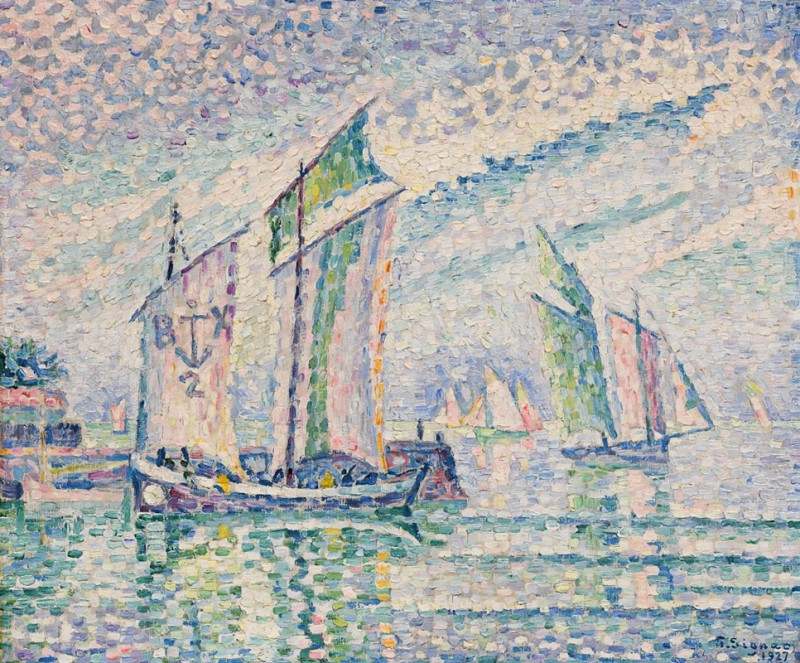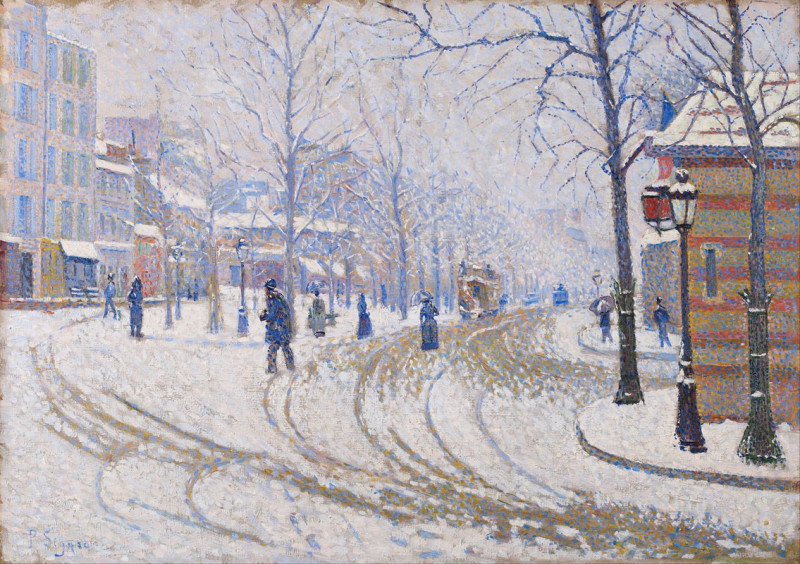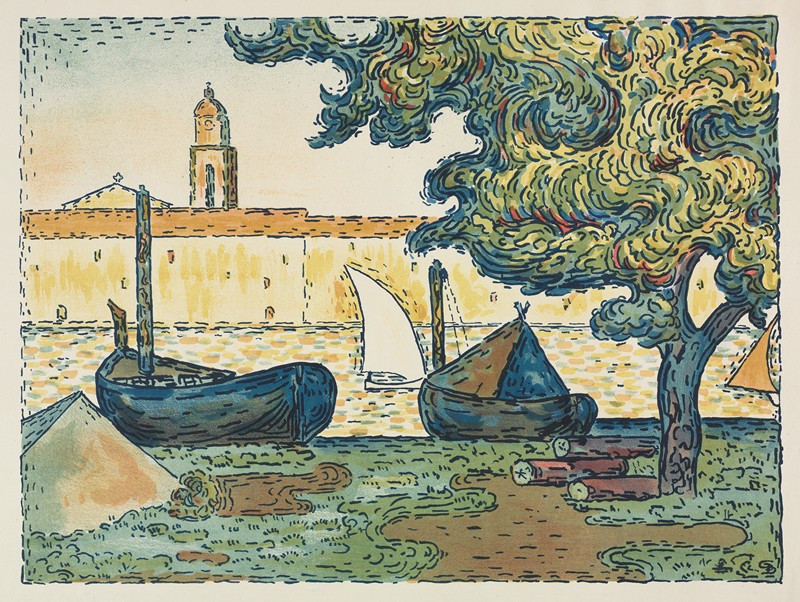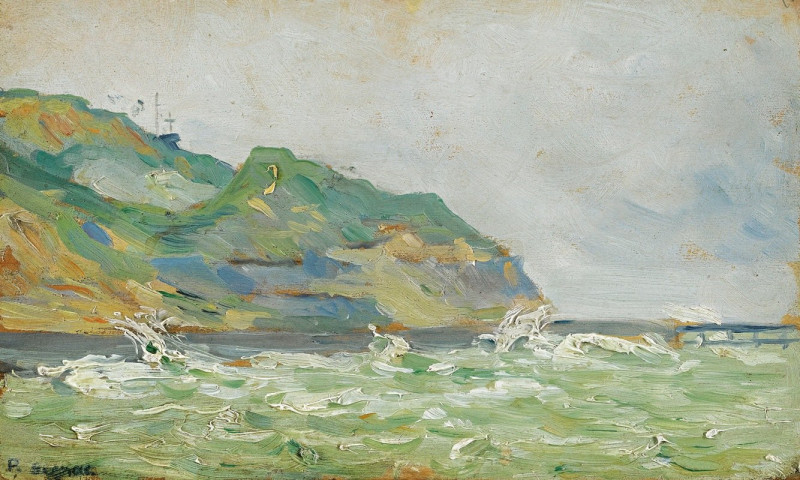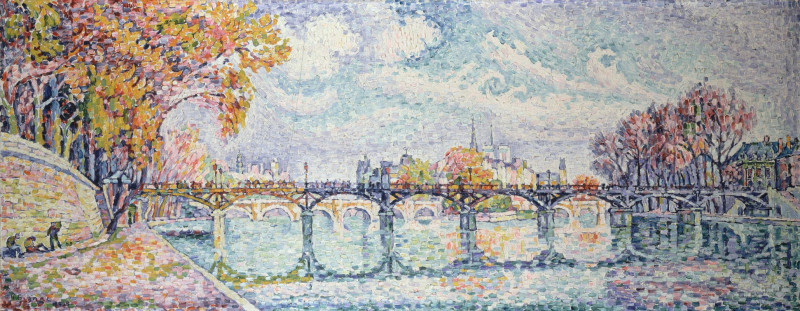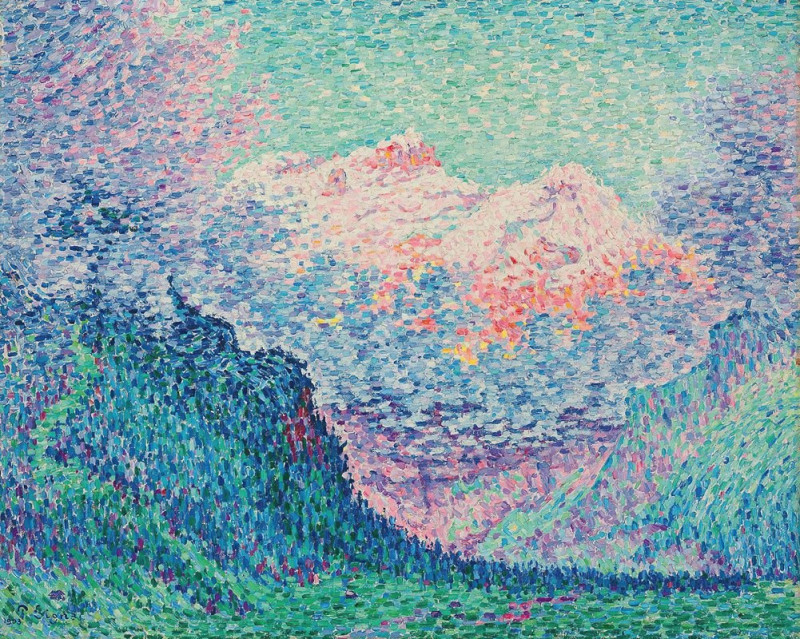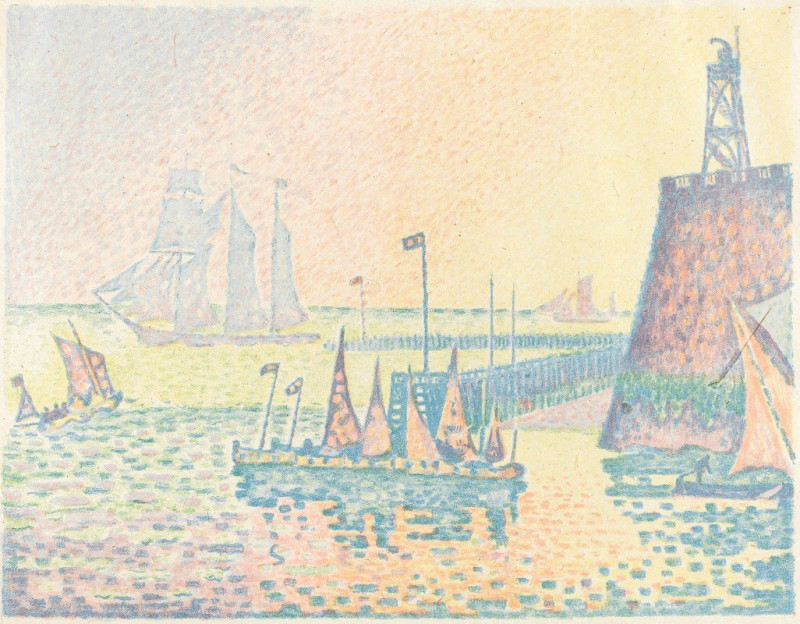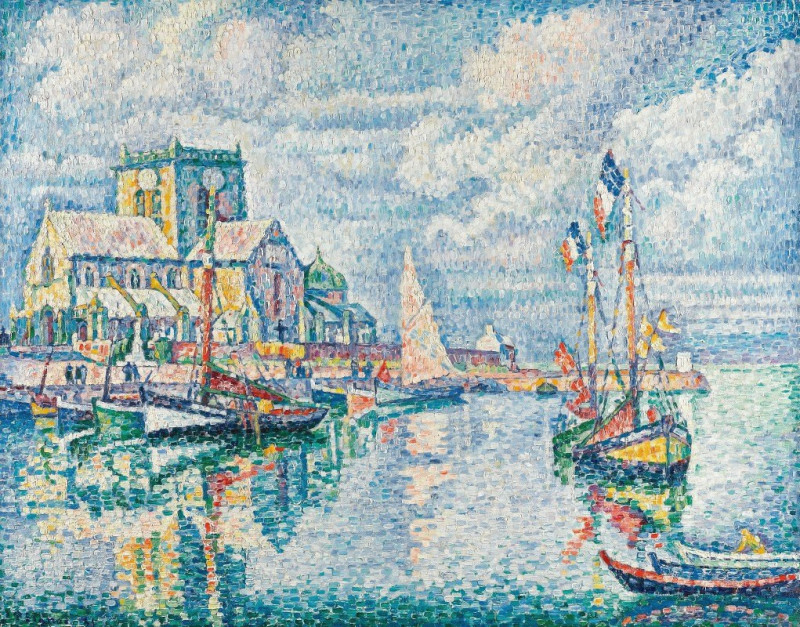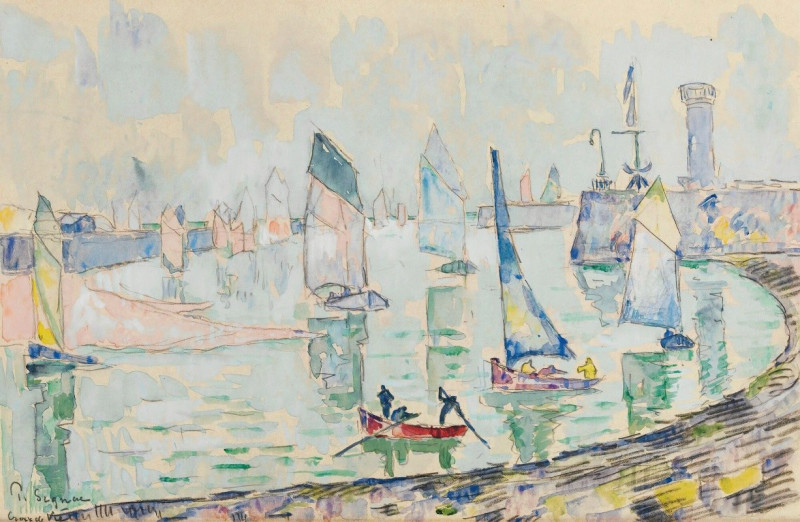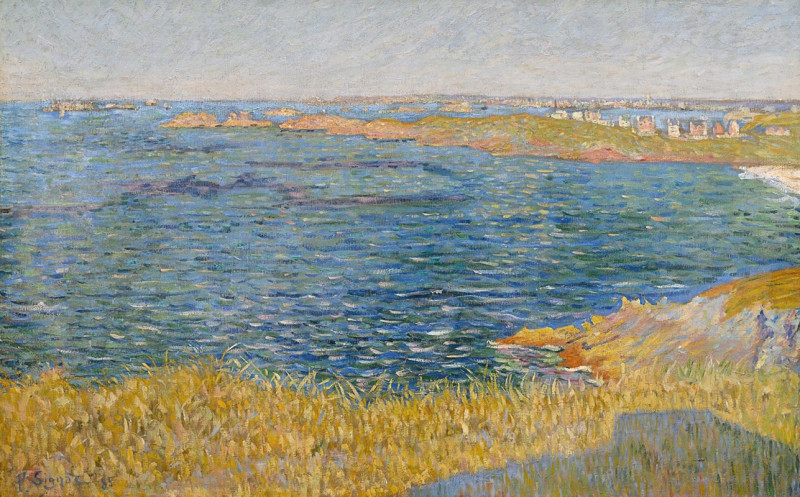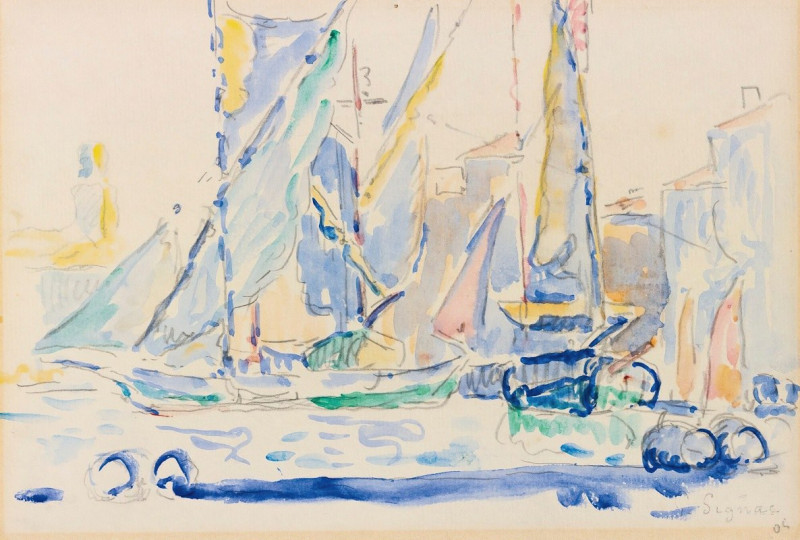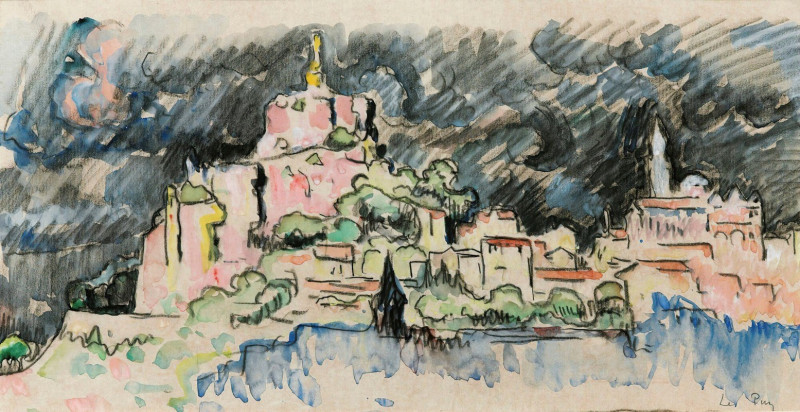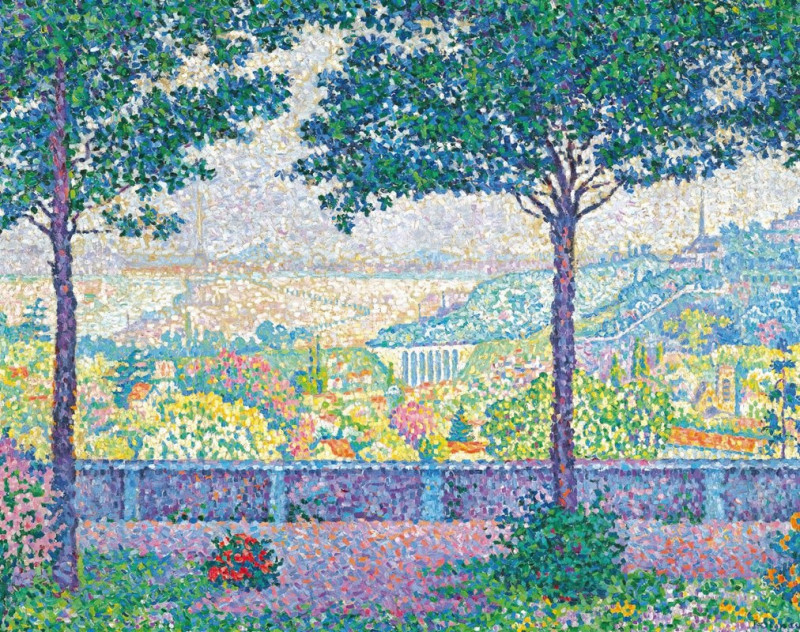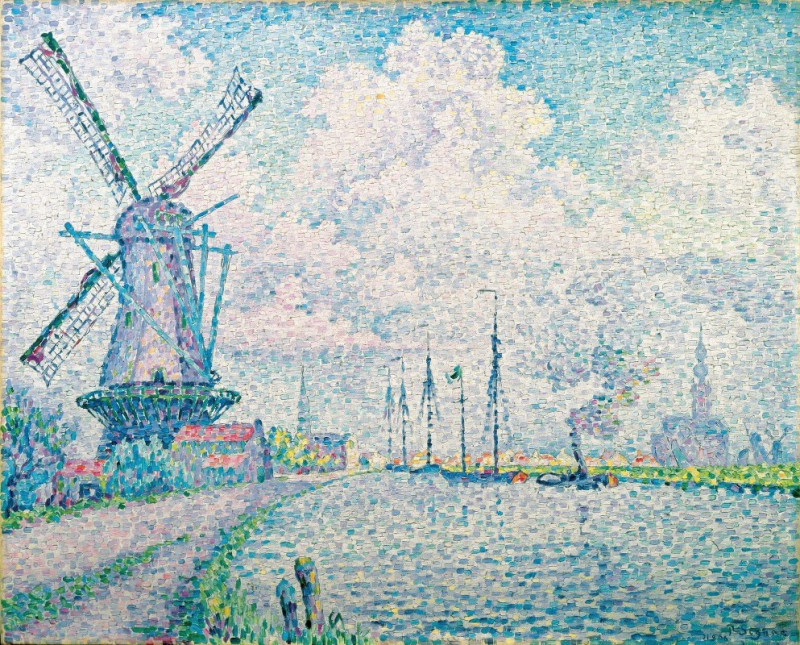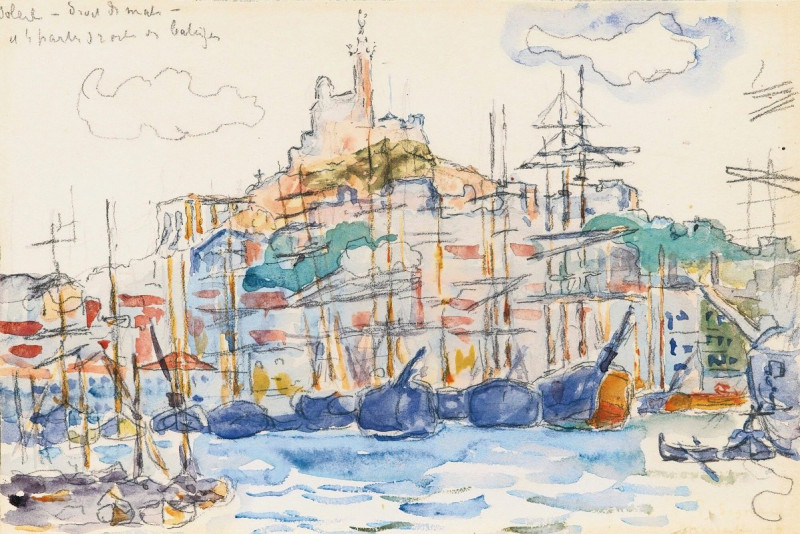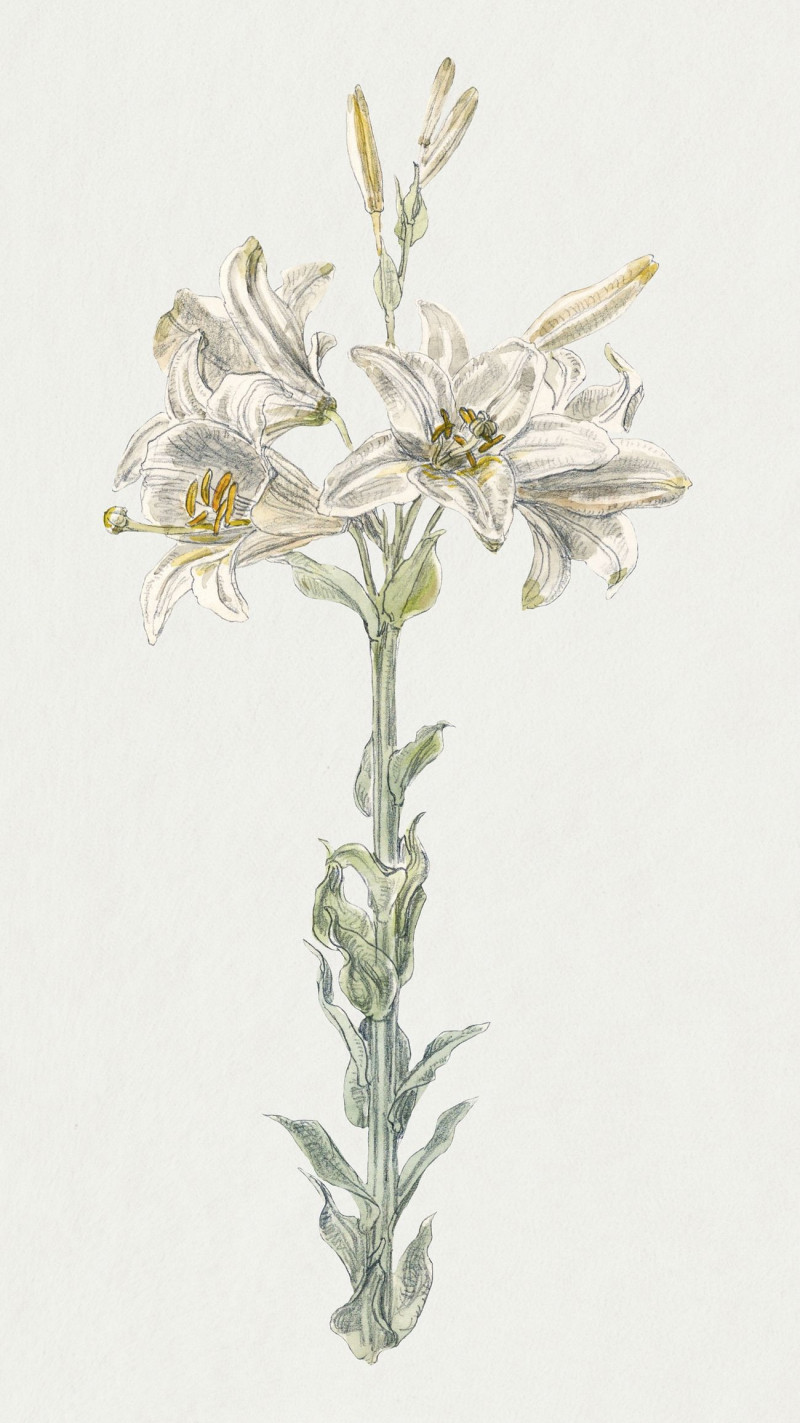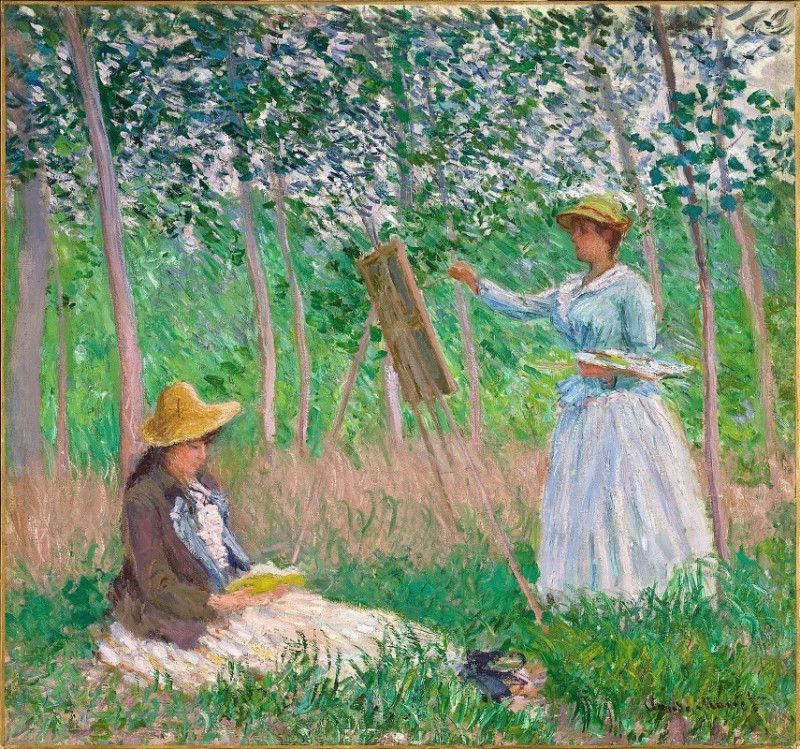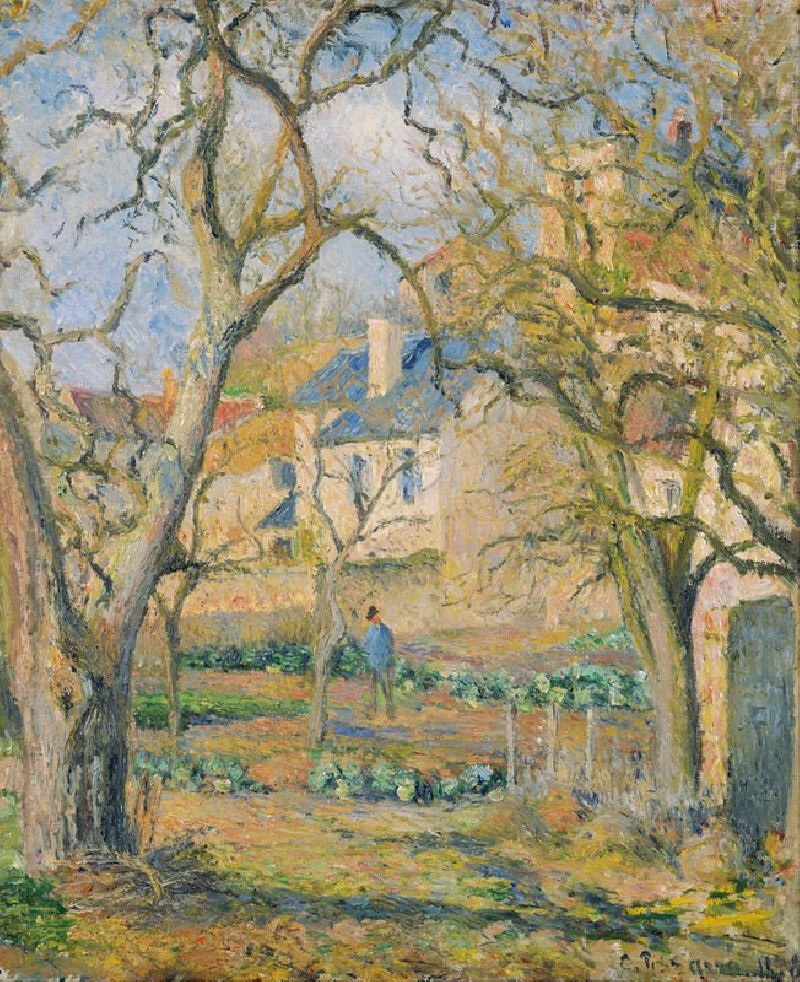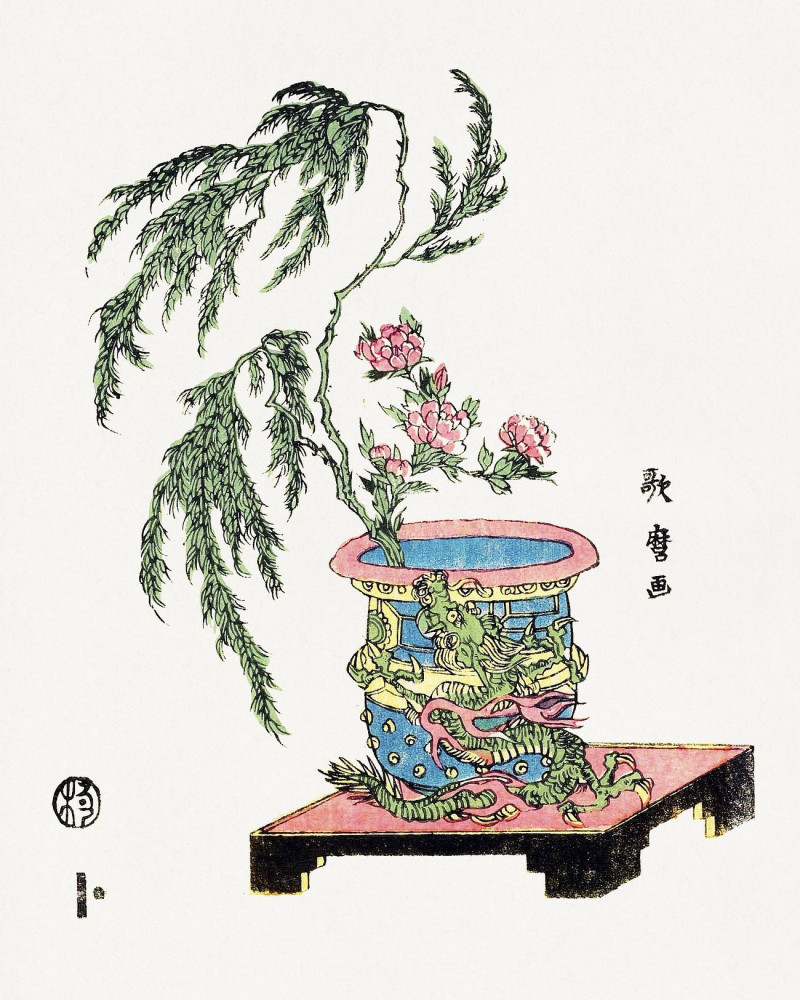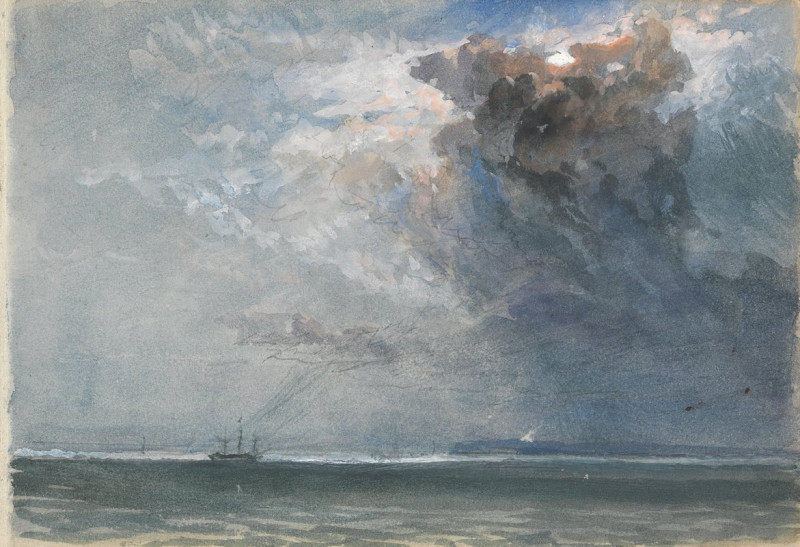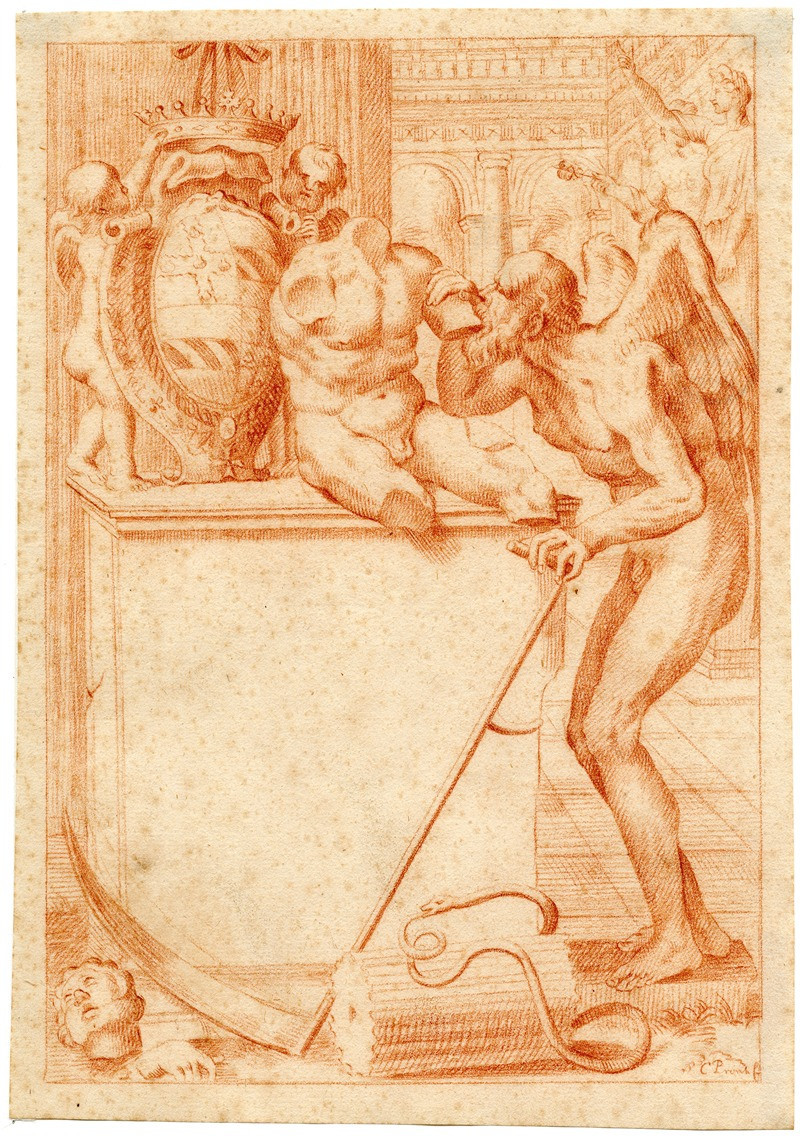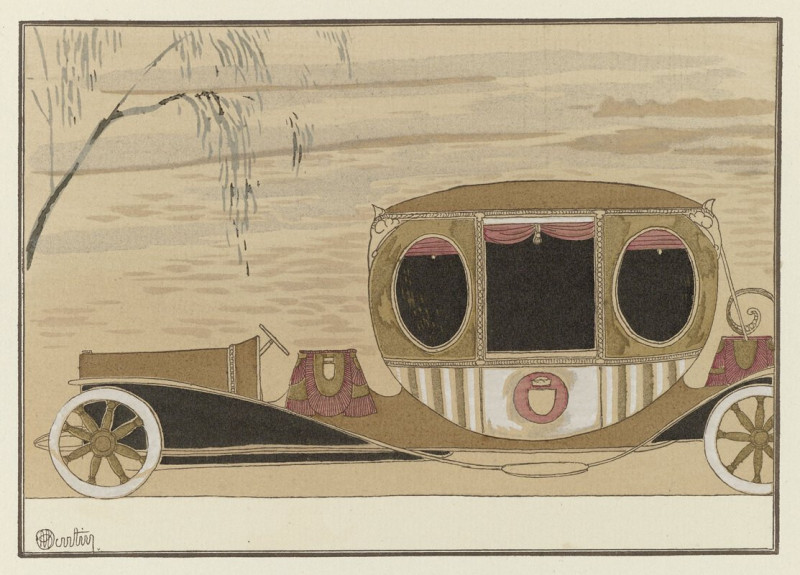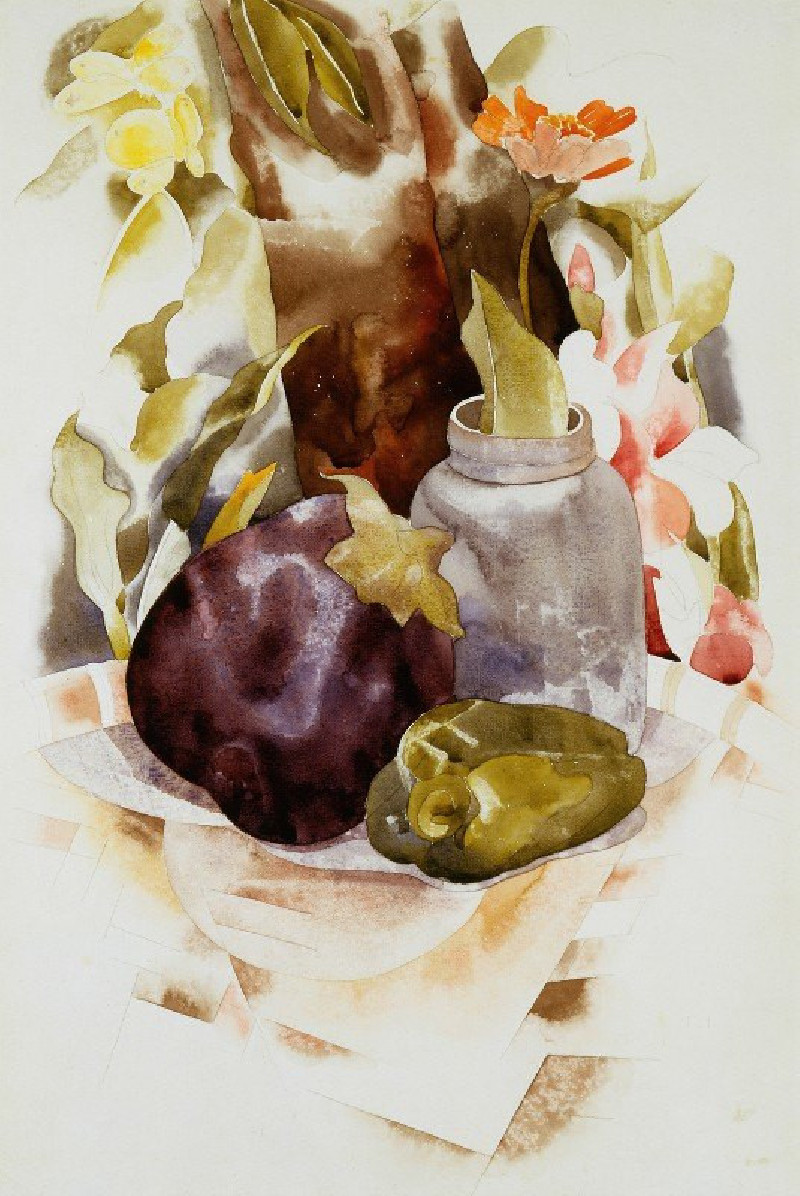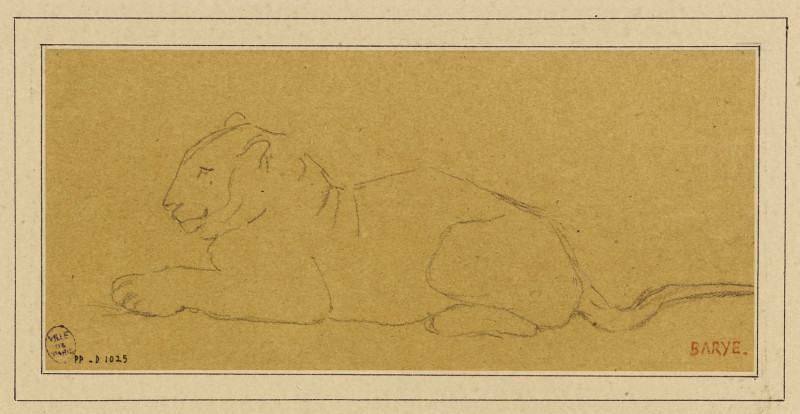Rue Vercingétorix (1885)
Technique: Giclée quality print
Recommended by our customers
More about this artwork
Titled “Rue Vercingétorix” and created by Paul Signac in 1885, this drawing offers viewers a glimpse into a timeless urban scene captured in the artist’s distinctive style. The artwork portrays a seemingly quiet street scene under an expansive, cloud-studded sky. Signac employs a monochrome palette, sketching with rough, textured strokes that imbue the scene with a vibrating energy.The composition is anchored by the figure of a solitary person walking towards the viewer, their form etched sharply against the softer background of the street and buildings. This human element introduces a narrative feel to the work, suggesting movement amidst the stillness of the architectural forms. Streetlamps and a barely discernible series of houses line the street, enhancing the perspective and leading the viewer’s eye deep into the scene.In “Rue Vercingétorix,” Signac masterfully balances tranquility and dynamism, creating a piece that not only depicts a physical location but also conveys the ephemeral quality of a moment captured in time.
Delivery
Returns
Paul Signac (1863-1935) was a French Neo-Impressionist painter. Together with Georges Seurat, Signac developed the Pointillism style. He was a passionate sailor, bringing back watercolor sketches of ports and nature from his travels, then turning them into large studio canvases with mosaic-like squares of color. He abandoned the short brushstrokes and intuitive dabs of color of the impressionists for a more exact scientific approach to applying dots with the intention to combine and blend not on the canvas, but in the viewer's eye.

